#24: Introduce Layered Characters to Create Deeper or Changed Meaning Later
In Pride and Prejudice, in the letter Mr. Darcy writes to Elizabeth after she rejects his proposal, he explains why he worked to prevent a relationship between his friend, Mr. Bingley, and Elizabeth’s sister, Jane. While it was clear to him that Bingley liked Jane, it was not clear to him that Jane liked Bingley:
“Your sister I also watched. Her look and manners were open, cheerful, and engaging as ever, but without any symptom of peculiar regard, and I remained convinced from the evening’s scrutiny, that though she received his attentions with pleasure, she did not invite them by any participation of sentiment.”
While Darcy interprets Jane’s behavior as reticence and lack of affection, Elizabeth knows Jane more deeply, and recognizes that it reflects a natural shyness and modesty. Ultimately, Darcy does come to agree with Elizabeth’s reading of Jane.
Just as Darcy’s reading of Jane’s character shifts, our reading of characters can also shift over the course of a story.
The last few weeks of Jane Austen Writing Lessons have focused on introducing characters: through tension, through dialogue, and through other characters’ perceptions. This week will address another aspect of introducing characters: sometimes you need to introduce a character who has a particular meaning for the reader originally, and then, as the story progresses, the reader’s understanding of the character deepens or changes. Yet upon a second reading, the original introduction of the character does reveal this second, truer understanding of the character.
It is common for characters to not reveal their full selves to each other—or to readers—when they are first introduced.
We are never our whole selves.
Real people, and well-developed characters, are multifaceted and have many aspects, some of which are contradictory. In any circumstance, it is impossible to be or display all aspects of ourselves—yet at the same time, all aspects influence a character, and in some ways still guide a character’s behavior, even if the aspect is not visible.
Characters often hold parts of themselves back in various situations. Characters also manifest the aspects of themselves that seem to be most relevant to a situation, or that feel most relevant personally and emotionally. In a sense, a character is always positioning themselves. According to Oxford Languages, positioning is “[arranging] in a particular place or way,” or a character portraying themselves “as a particular type of person.”
A character’s positioning can be conscious or unconscious.
In the case of Jane Bennet, she is a very genuine, kind character, and her masking of aspects of herself in unconscious and not meant to cause harm.
In other cases, a character consciously positions themselves in a certain way to achieve certain goals. A great example of this is George Wickham, who attempts to portray himself as a moral person who has been wronged by the terrible Mr. Darcy (though the reverse is actually true—Wickham’s morals are at fault, and he has wronged Mr. Darcy).
How Jane Austen Creates Layered Characters
Jane Austen often creates layered characters, which have both a surface layer or interpretation and interior layers which we will better recognize upon reflection or a second reading.
Surface Layer: outside, observable qualities. The obvious interpretation of character based on the available information.
Interior Layers: the character’s interior motivations, attributes that may not be readily apparent, and qualities we may not recognize or appreciate until we come to know the character better.
Mr. Wickham is an excellent example of this. In the novel, we are introduced to him through two scenes. In the first, Elizabeth and her sisters meet him while visiting Meryton:
All were struck with the stranger’s air, all wondered who he could be….Mr. Denny addressed them directly, and entreated permission to introduce his friend, Mr. Wickham…and he was happy to say had accepted a commission in their corps. This was exactly as it should be; for the young man wanted only regimentals to make him completely charming. His appearance was greatly in his favour; he had all the best part of beauty, a fine countenance, a good figure, and very pleasing address.
Instantly, Elizabeth recognizes a large number of Mr. Wickham’s positive traits—which are all part of the surface of his character.
Shortly after they meet Wickham, Mr. Bingley and Mr. Darcy arrive:
[Mr. Darcy’s eyes] were suddenly arrested by the sight of the stranger, and Elizabeth happening to see the countenance of both as they looked at each other, was all astonishment at the effect of the meeting. Both changed colour, one looked white, the other red. Mr. Wickham, after a few moments, touched his hat—a salutation which Mr. Darcy just deigned to return. What could be the meaning of it?—It was impossible to imagine; it was impossible not to long to know.
Our introduction to Wickham continues in the next chapter, when Elizabeth manages a private conversation with Wickham:
[Elizabeth] was very willing to hear [Mr. Wickham], though what she chiefly wished to hear she could not hope to be told, the history of his acquaintance with Mr. Darcy. She dared not even mention that gentleman. Her curiosity however was unexpectedly relieved. Mr. Wickham began the subject himself. He inquired how far Netherfield was from Meryton; and, after receiving her answer, asked in an hesitating manner how long Mr. Darcy had been staying there.
“About a month,” said Elizabeth; and then, unwilling to let the subject drop, added, “he is a man of very large property in Derbyshire, I understand.”
“Yes,” replied Wickahm;–“his estate there is a noble one. A clear ten thousand per annum. You could not have met with a person more capable of giving you certain information on that head than myself—for I have been connected with his family in a particular manner from my infancy.”
Elizabeth could not but look surprised.
“You may well be surprised, Miss Bennet, at such an assertion, after seeing, as you probably might, the very cold manner of our meeting yesterday.—Are you much acquainted with Mr. Darcy?”
“As much as I ever wish to be,” cried Elizabeth warmly,–I have spent four days in the same house with him, and I think him very disagreeable.”
“I have no right to give my opinion,” said Wickham, “as to his being agreeable or otherwise. I am not qualified to form one. I have known him too long and too well to be a fair judge. It is impossible for me to be partial….”
On the surface, Wickham is very agreeable. Elizabeth much prefers his attentions to those of Mr. Collins (unlike Mr. Collins, Wickham is handsome and interesting to talk to). She already does not like Mr. Darcy, and so she is inclined to trust anyone who has come to a similar conclusion.
As readers, we are inclined to feel the same way about Wickham as Elizabeth feels: readers generally form a similar judgment about other characters as the protagonist, unless given a good reason not to.
As the scene continues, Wickham praises Mr. Darcy’s father. The topic then switches to other, more general subjects, but then Wickham brings the conversation back to his misfortunes. His story draws on the heartstrings, and Elizabeth feels for him as he describes how Mr. Darcy prevented him from having his intended career.
“There was just such an informality in the terms of the bequest as to give me no hope from law. A man of honour could not have doubted the intention, but Mr. Darcy chose to doubt it—or to treat it as a merely conditional recommendation, and to assert that I had forfeited all claim to it by extravagance, imprudence, in short any thing or nothing. Certain it is, that the living became vacant two years ago, exactly as I was of the age to hold it, and that it was given to another man….”
“That is quite shocking!—He deserves to be publicly disgraced.”
“Some time or other he will be—but it shall not be by me. Till I can forget his father, I can never defy or expose him.”
Elizabeth honoured him for such feelings, and thought him handsomer than ever as he expressed them.
“But what,” said she after a pause, “can have been his motive?—what can have induced him to behave so cruelly?”
“A thorough, determined dislike of me—a dislike which I cannot but attribute in some measure to jealousy. Had the late Mr. Darcy liked me less, his son might have borne with me better.”
The surface layer continues to paint Wickham in a positive light, yet throughout the entire scene, there are interior layers that we will recognize later. Here are two examples:
- From the start, Elizabeth knows that she can’t ask Wickham about what happened between him and Darcy. In good society, this is an unacceptable topic to bring up with a new acquaintance. Elizabeth is very happy that he brings it up himself, and her curiosity (and our own) masks the fact that Wickham himself is breaking social norms by telling this story. That’s a warning sign.
- Wickham’s surface is filled with moral superiority, yet his true self shines through. He insists that he is to right to give an opinion on Darcy—he has known him too long to be a judge. Yet throughout, his judgment on Darcy is clear. He also insists that he will not contribute to publicly disgrace of Darcy, out of respect for Darcy’s father. Yet here, his is, in small form, creating a public disgrace, for he knows Elizabeth will share this information.
Part of Austen’s mastery is getting us to accept the surface layer, even though the interior layers are present. This allows for Wickham’s villainy to play a major point in the plot, in the ruin of Elizabeth’s youngest sister.
But why do we accept the surface layer?
- As previously mentioned, the main character accepts it, and we trust her judgment.
- We like his present actions: he is giving attention to Elizabeth and singling her out, as we feel she deserves.
- We are drawn to people who possess things valued by society (beauty, kindness, wealth, good at speaking), and we often form quick negative judgments against people who do not possess these qualities. (Note: Wickham is not wealthy—but in we are often drawn to the underdog, so he has this in his favor.)
- We do not have full knowledge of the character or the situation, and so, based on the knowledge we have, we choose the easiest, most logical conclusion. (Wickham touches his hat in deference to Darcy, and Darcy does not return the gesture—from this, it is a small leap to conclude that Wickham’s position is superior.)
- The main character has a similar situation. Due to the entail on Longbourn, Elizabeth and her sisters will inherit nothing when their father dies. We feel for her suffering, and so it draws us to Wickham’s suffering, which is similar—his inheritance is not written out clearly in the will and so he loses it.
Austen uses layered characters in many of her novels, and our understanding of the characters can change or deepen in many directions (i.e. positive to negative, negative to positive, a deeper or more nuanced understanding of particular character attributes or motivations). Layered characters are a powerful tool to set up reversals, ease us into a character or a series of plot events, or provide commentary on either the main character’s judgment or on society more generally.
In some cases, like with Mr. Darcy (who we perceive as negatively at the beginning of the novel, but positively by the end), a layered character is coupled with a character arc. Elizabeth (and by extension, the reader) does misjudge him at the start of the novel, but he also does develop as a character and change for the better.
Whether you create layered characters who like Jane Bennet, who the narrator and readers understand but some characters originally misinterpret, or layered characters like Mr. Wickham, who manages to fool the reader and some characters with his self-positioning, layering is a powerful tool to use when introducing characters in a story.
Exercise 1: What is another example of a layered character? (Someone who either the reader or characters understand only on a surface level at the start of the story.) What is the impact of deepening or changing the understanding of the character over the course of the story? If you’d like, share your example in the comments.
Exercise 2: Write a brief scene with a character who is unlikeable or difficult on the surface, but inside has something different or more. Make sure to include the layers that show hints of the interior self, even if they will be misinterpreted by the reader originally.
Exercise 3: Look back at a story you have written or drafted. At what points do characters only see the surface of each other? At what points do they misinterpret or misjudge each other and why? Are there any points where the reader is meant to see the surface but not what’s inside? If you are revising a story, try increasing the contrast between the surface and the interior of the character? Is this useful? Why or why not? If you are planning a story, choose a character who will be misinterpreted either by other characters or the reader.

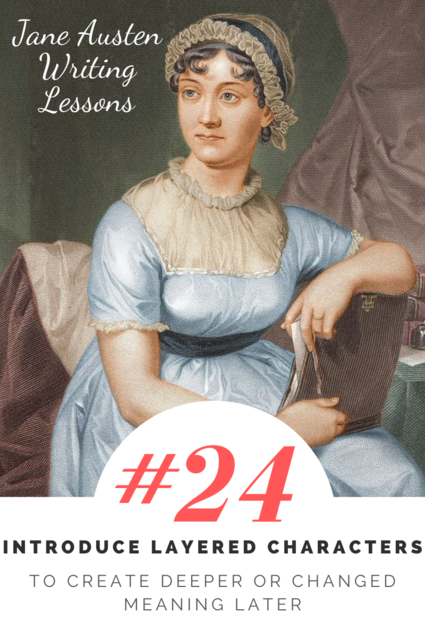
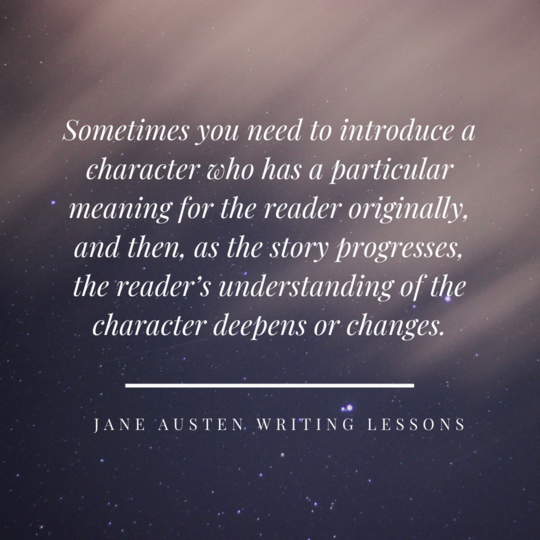
![According to Oxford Languages, positioning is “[arranging] in a particular place or way,” or a character portraying themselves “as a particular type of person.” (Jane Austen Writing Lessons)](https://www.katherinecowley.com/wp-content/uploads/2020/12/Layered-Characters-2-Small.png)

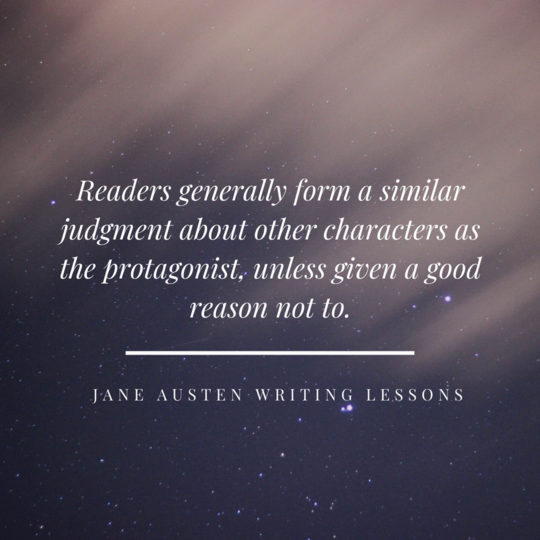
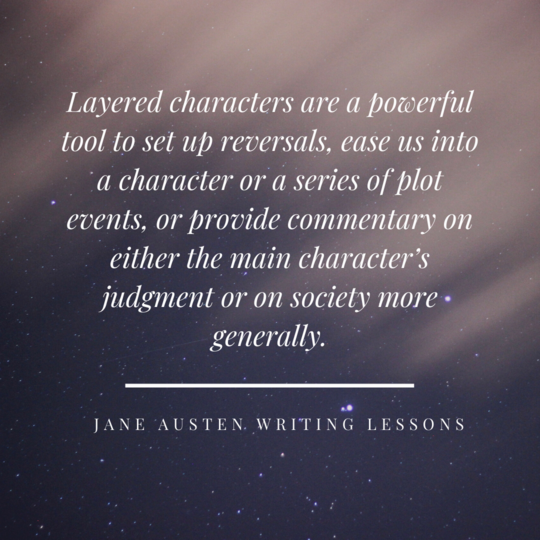

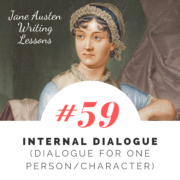
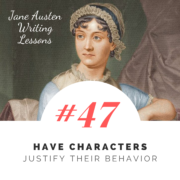
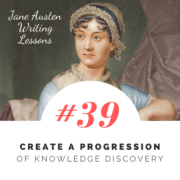
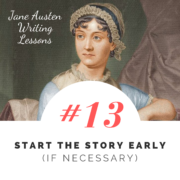
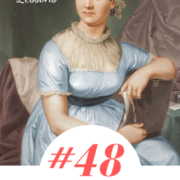

Leave a Reply
Want to join the discussion?Feel free to contribute!